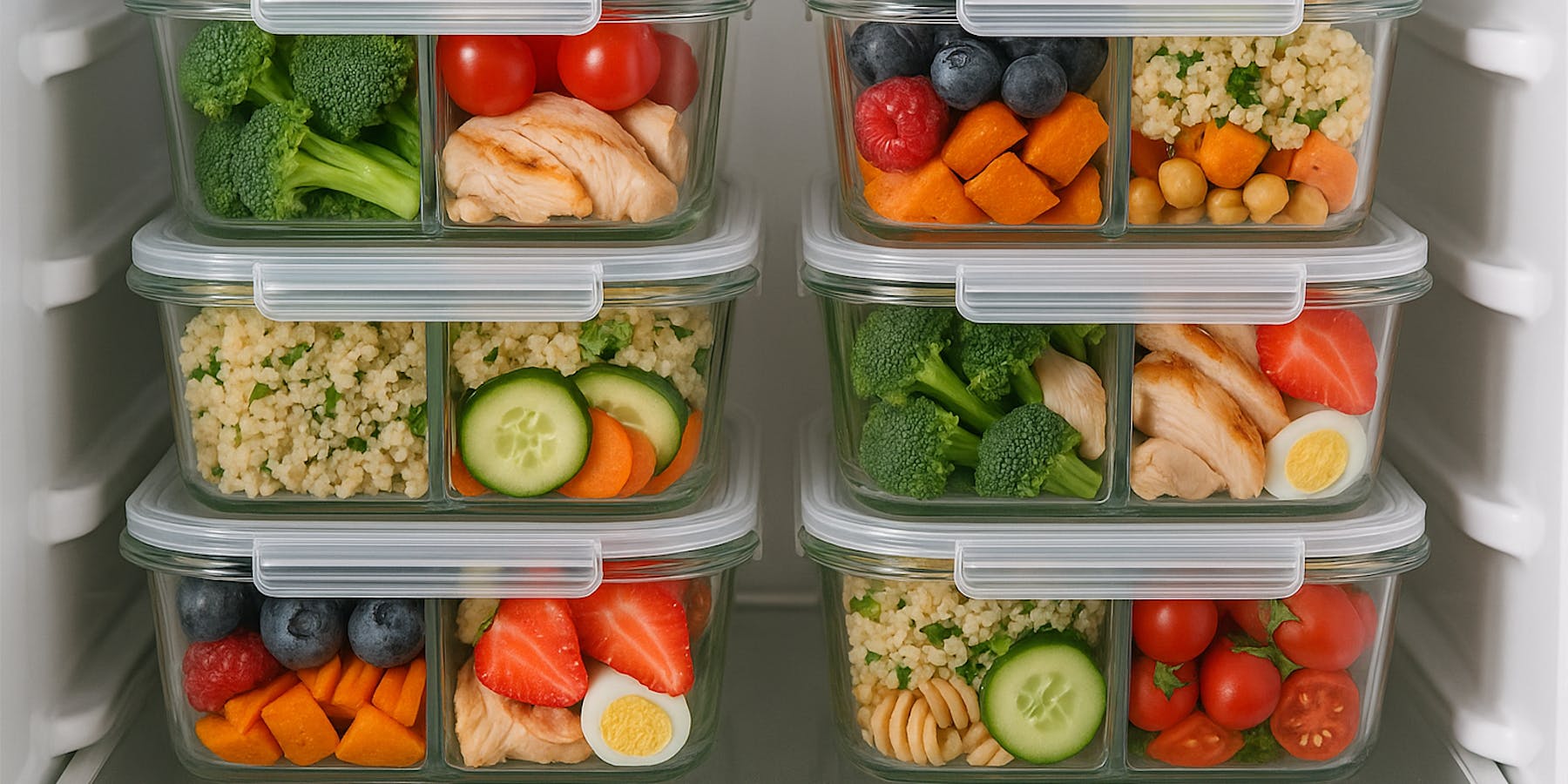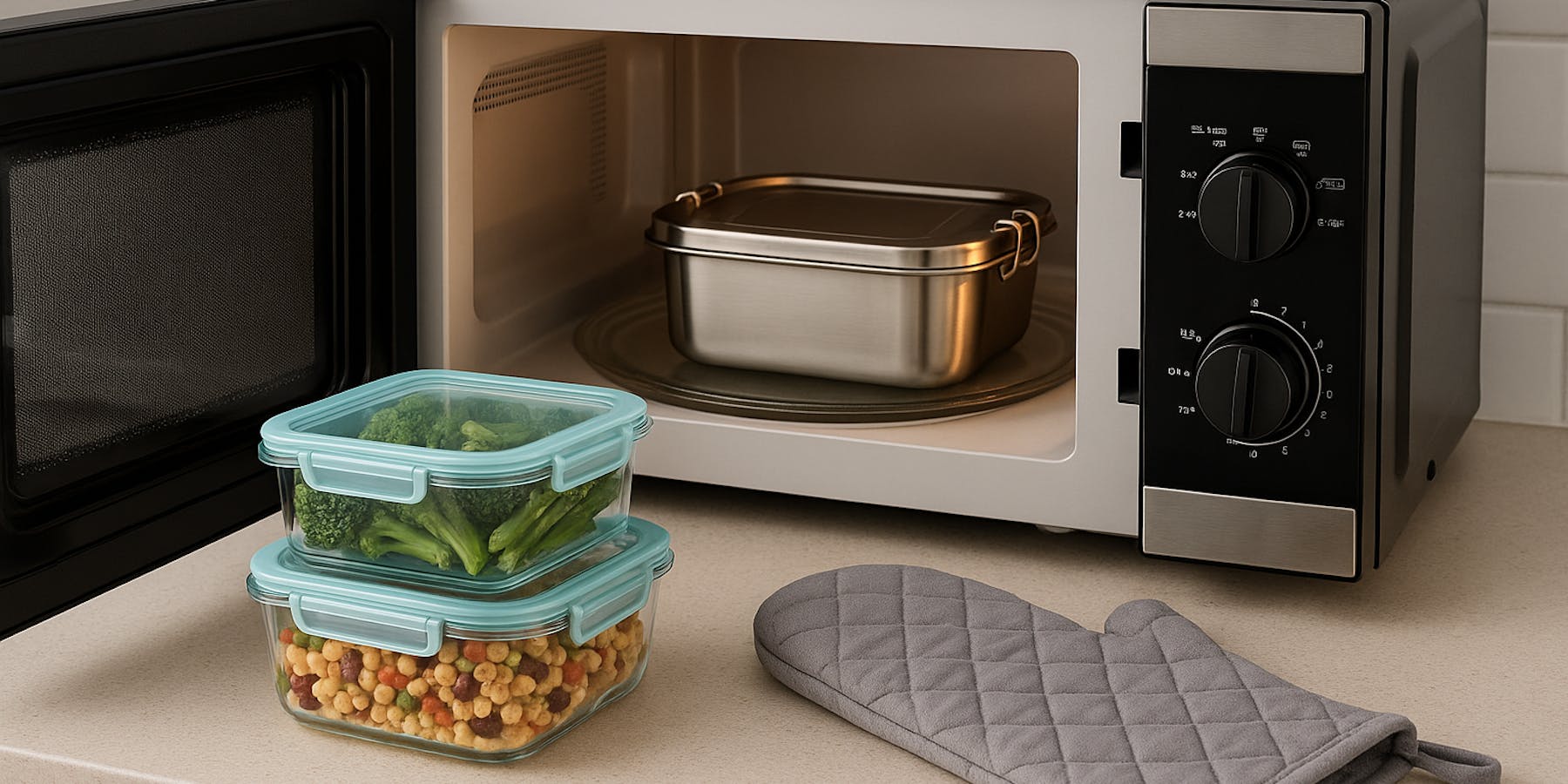
Free shipping on orders over $75!
Holiday Closure: Orders ship from 5 Jan. Customer support returns 5 Jan.

Free shipping on orders over $75!
Holiday Closure: Orders ship from 5 Jan. Customer support returns 5 Jan.

Free shipping on orders over $75!
Holiday Closure: Orders ship from 5 Jan. Customer support returns 5 Jan.

Free shipping on orders over $75!
Holiday Closure: Orders ship from 5 Jan. Customer support returns 5 Jan.

Free shipping on orders over $75!
Holiday Closure: Orders ship from 5 Jan. Customer support returns 5 Jan.

Free shipping on orders over $75!
Holiday Closure: Orders ship from 5 Jan. Customer support returns 5 Jan.

Free shipping on orders over $75!
Holiday Closure: Orders ship from 5 Jan. Customer support returns 5 Jan.

Free shipping on orders over $75!
Holiday Closure: Orders ship from 5 Jan. Customer support returns 5 Jan.

Free shipping on orders over $75!
Holiday Closure: Orders ship from 5 Jan. Customer support returns 5 Jan.

Free shipping on orders over $75!
Holiday Closure: Orders ship from 5 Jan. Customer support returns 5 Jan.
Stainless Steel vs. Glass: Which is Better for Microwaves?
Written by: Smash Products | Date: 8/14/25
Microwaving meals is a daily ritual in most Aussie homes—but not everyone agrees on the best container for the job. Glass has long been a household favourite, while stainless steel (yes, really!) is quickly gaining ground thanks to new, microwave-safe innovations.
So, which one’s better? The answer depends on your lifestyle, your kitchen habits, and what you’re heating. Here’s a closer look at stainless steel vs. glass containers and how they perform in the microwave.

Glass Containers: Safe, Familiar, and Transparent
Glass has been the go-to for decades—and for good reason.
Pros:
- Microwave-safe and non-reactive
- Doesn’t stain, retain odours, or affect taste
- Great for seeing what’s inside
Cons:
- Can get very hot when microwaved
- Heavier and prone to breaking
Glass is ideal for home use, especially when reheating meals or storing leftovers. Brands like Décor and Sistema have long offered reliable glass storage solutions for everyday use.

Stainless Steel Containers: The Modern Alternative
It might sound counterintuitive, but certain stainless steel containers are now microwave-safe. Brands like Smash use austenitic steel, specific shaping, and ceramic linings to create containers that safely go in the microwave (with the lid removed or rested loosely).
Pros:
- Lightweight and shatterproof
- Doesn’t retain smells or stain
- Ceramic linings ensure a neutral taste
- Durable and long-lasting
Cons:
- More expensive upfront
- Still unfamiliar for some consumers
For on-the-go use—like work lunches or school meals—stainless steel has a clear advantage. It’s tough, easy to clean, and best of all, lightweight!
So, Which One Should You Choose?

Both glass and stainless steel containers are safe for microwaving—if used correctly. It ultimately comes down to where and how you plan to use them.
- Choose glass if you’re mostly reheating at home and want to keep an eye on your food.
- Go for stainless steel if you need something lightweight, portable, and built to last.
And if you’re looking for a smart blend of both? Smash’s microwave-safe stainless steel containers, lined with ceramic, combine strength with taste-neutral convenience—making them an increasingly popular choice for plastic-free households.
Whichever way you go, you’re making a smarter, safer step toward better food storage at home.
